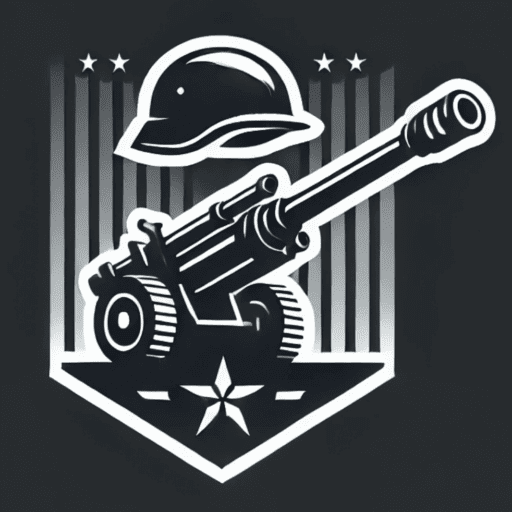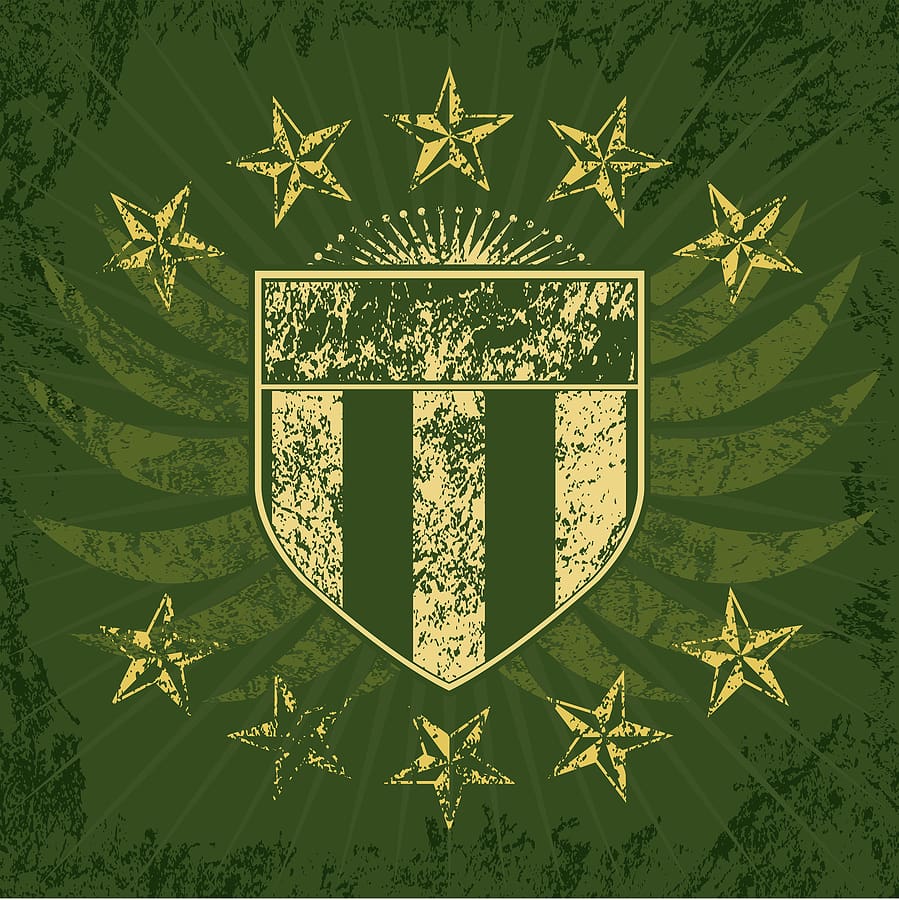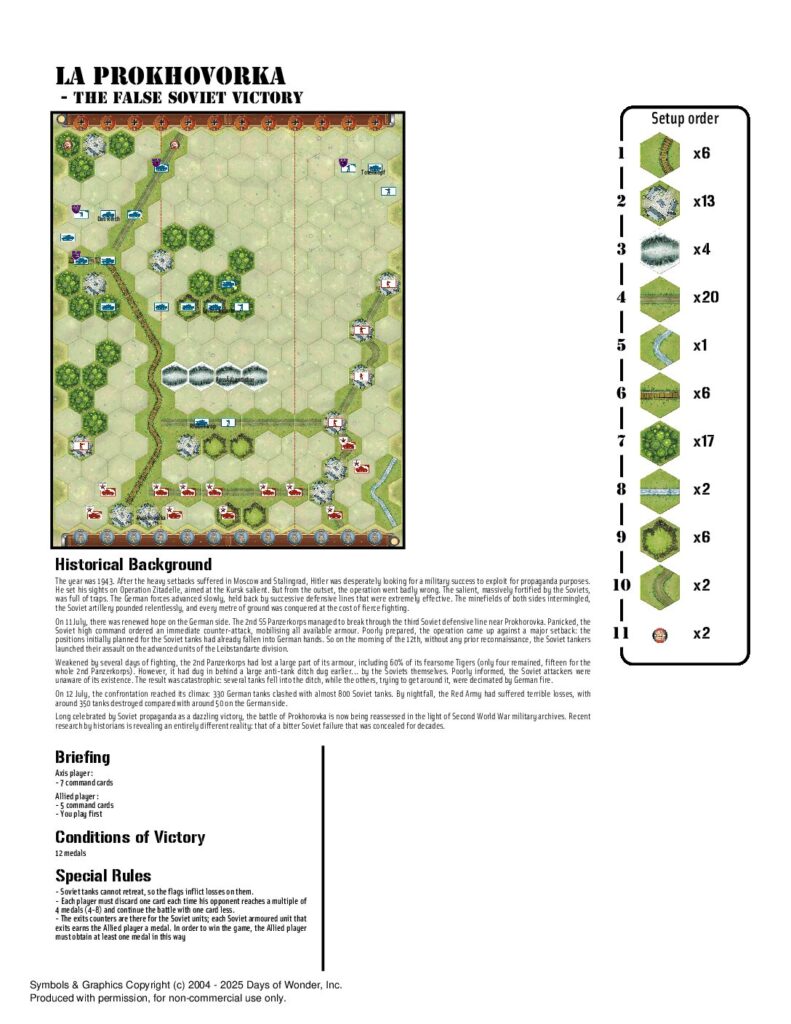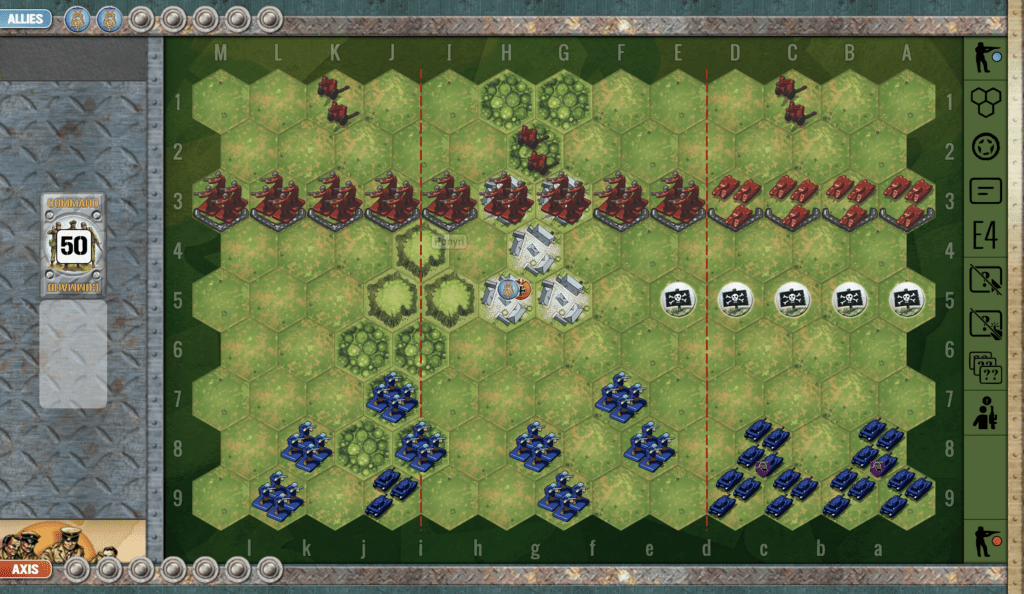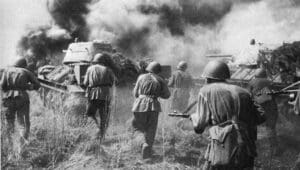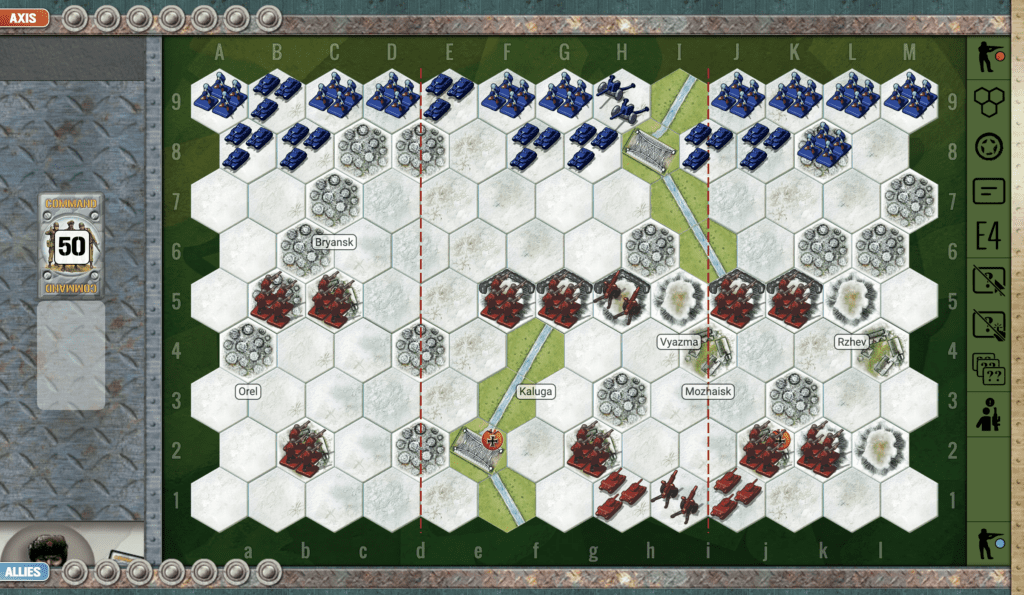[Ukraine] Soviet raid on Grigorevka
Soviet Raid on Grigorevka
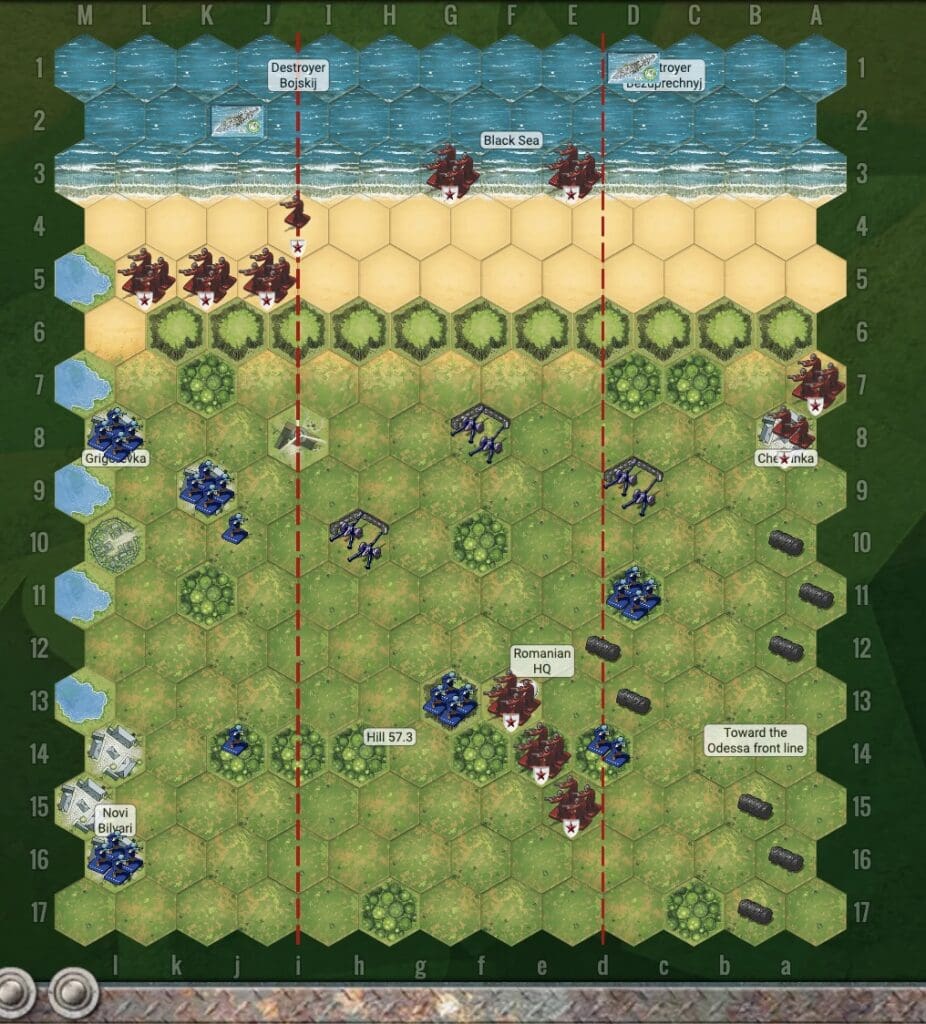
September 1941—Odessa’s under siege, and the Soviets are getting hammered by Romanian artillery. So what do they do? They go on the offensive—hard.
Captain Koren takes the lead at sea with the 3rd Naval Infantry Regiment, nearly 2,000 marines, while a small team of 23 paratroopers drops inland. The plan? Hit ’em from the front and the rear—paralyze their command, cut their lines, and blow those damned guns to hell.
Night of September 21st, the paratroopers jump near Hill 57.3—not clean, not pretty, but they get the job done. Took out a whole Romanian regimental HQ—with two dozen men. Meanwhile, Koren’s marines land at Grigorevka under a curtain of naval fire from the destroyers Bojkij and Bezuprechnyj, and they take those artillery batteries by storm.
By sunrise, they’re linking up with the 421st Rifle Division, and the Romanians? They’re pulling back—the 13th and 15th Divisions, thrown into reverse. That’s pressure off Odessa, and a big black eye for the Axis.
This wasn’t some massive Soviet steamroller. This was initiative, coordination, and guts. A rare joint strike—air, land, and sea—and it worked. Captain Koren didn’t wait to be hit—he hit first.
That’s how you win a war. Not by sitting in the trenches—but by getting out, striking hard, and making the enemy bleed where they thought they were safe.
~~ General Howitzer
12 VP’s
Card Balance:
Allies – 5
Axis – 4
Complexity:
4.5
Conditions:
Countryside

Context:
Historical
Location:
Ukraine
Year:
1941
Theater:
Eastern
Campaign:
Codename:
Summary:
Objectives:
12 VP’s, plus Objective Medals for Allies for the Romanian HQ, and each Artillery battery destroyed.
Battlefield:
Countrsyide and beach in a deep breakthrough battlemap
Troops:
Allies (Soviet Union) – 14 Infantry, 2 Destroyers!
Axis (Romania ) – 10 Infantry, 3 Artillery
Allied Strategy:
1. Soviets, as Allies, do a six unit paradrop. Drop them where you have the best set of cards to assist your attack.
Also, note that the paratroopers will not battle the first turn they are dropped, so they have to endure one round of enemy fire before they can attack.
2. The Axis outnumber you on your right flank at the start of the game, and the three forward units are in strong defensive positions, which suggests attacking elsewhere.
3. The Allies have two Destroyers at the start of the game. Two factors affecting their performance are visibility and location.
Visibility: Because of the night visibility rules, the Axis units may have time to move out of range of the ship guns before daylight arrives.
Location: This concerns the ability to get the Destroyers onto the border line so they have more flexibility on which section cards can activate them.
Once daylight arrives the Destroyers have a range of eight hexes, so their maximum firing range is row ten. Of course, that is their maximum range, but their effective firing range (of 2D attacks), is actually row six.
Axis Strategy
1. Your first defensive objective is to respond to wherever the Allied paratroopers happen to land. Respond immediately with available Infantry and Artillery to address the threat.
2. Bring your reserve units into play as soon as you can by moving the rear units forward on the map.
3. Because each Artillery unit is worth two! Medals, you will need to protect them in some way. Either move them back from the Destroyers’ range, or protect them from Infantry attacks by bring your own Infantry into play.
Battle Reports
Author:
Days of Wonder
Link:
